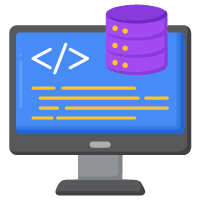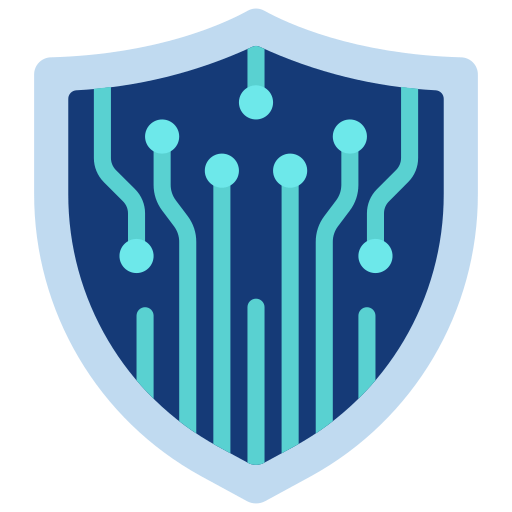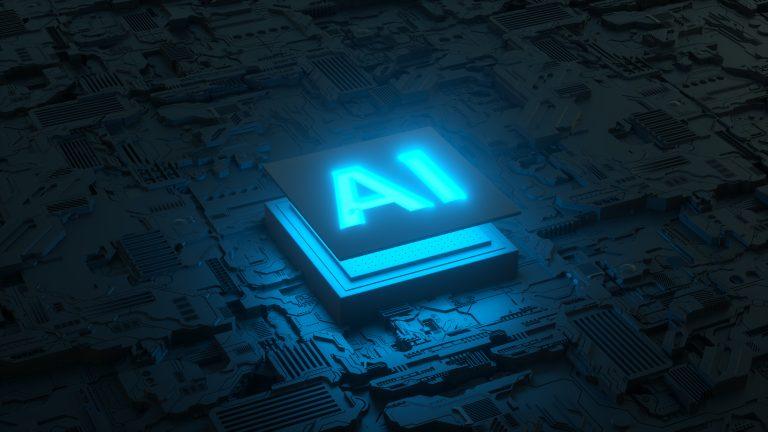Introduction
We all know the importance of software testing in delivering high-quality products. Early bug detection can help save a lot of time, money, and heartache, But let’s be candid here: Traditional testing methods are slow, manual effort, and full of human errors.
Think about spending hours reviewing through code, only to discover that an important bug passed by unnoticed. Frustrating, correct? That’s where AI for Bug Detection and Resolution steps in as a game-changer. AI for bug detection, with its ability to learn, adapt, and automate, is changing the way we approach software testing.
In this blog, we’ll explore the challenges of traditional testing and how AI-powered testing tools and machine learning bug detection are transforming bug detection and resolution in software quality testing.
The Challenges of Traditional Software Testing

Manual Testing is Monotonous and Time-Consuming
Let’s be real: traditional software testing can be a bit of a drag. It takes up a lot of time, moves at a slow rate, and it’s not the most exciting task. Manual testing can be quite repetitive and can consume project resources quickly. Therefore, testers might find themselves becoming bored and tired from repeatedly running the same test cases, which can lead to human error.
Automated Systems Have Their Problems
Keeping up with the fast pace of software development can sometimes feel like trying to catch a running train. Many automated testing systems have limitations. Many systems are rule-based and struggle to adapt to evolving software. Keeping test scripts up to date can be just as time-consuming as manual testing, as they need regular maintenance. In addition, they frequently overlook edge cases that a human would identify.
How AI Can Improve Software Testing

More Innovative Testing with Machine Learning
Now, let’s get to the interesting part: how AI in software testing can help. Imagine having a highly intelligent assistant who never gets tired and gains knowledge from every mistake. That’s the advantage of machine learning bug detection. It has the ability to identify anomalies and patterns that may go undetected by humans, ensuring a comprehensive and accurate testing process. AI can learn from past data to predict the most probable areas where bugs are likely to occur, which can greatly reduce the need for extensive testing.
Speed and Efficiency in Natural Language Processing
Using NLP, AI for bug detection has the ability to efficiently analyze vast amounts of bug reports and documentation. This means it can process and analyze large amounts of data written in human language, allowing it to make predictions much faster than a human could. NLP refers to previous reports to identify common issues and bugs that have been affecting the system.
More Accurate Test Case Generation with Reinforcement Learning
Using reinforcement learning, AI-powered testing tools can continuously improve its performance over the long run. This is particularly useful in creating test cases that cover a wider range of scenarios and detect more bugs.
AI-Powered Bug Detection

Predictive Models for Better Bug Detection
Predictive AI bug detection models not only improve the testing method but also take bug detection to a new level. They use predictive models to analyze historical data and identify the most likely buggy parts of your code based on patterns. These predictive models can predict potential areas of concern before they become big headaches, allowing for proactive testing instead of reactive measures.
Automated Test Case Generation
Automated test case generation offers an option for thorough coverage. AI-powered testing tools has the ability to generate a wide range of test cases, taking into consideration the functionality of the application and any past issues that have occurred. This process is more effective and accurate as it covers all possible scenarios, including those that may be missed during human testing.
Continuous Monitoring
Continuous monitoring helps in identifying runtime errors and performance issues 24/7. So that you can relax. For example, AI systems can monitor applications in real-time and identify abnormalities and issues as they occur. This allows for immediate resolution of issues, leading to less downtime and a smoother user experience.
AI-Based Bug Resolution

Automated Root-Cause Analysis
Identifying bugs is one thing and fixing them is another challenge. Once again, AI for bug detection can be useful here as well. Automated root-cause analysis uses historical data and machine learning models to identify why a bug occurred quickly. By understanding the root cause, Artificial Intelligence can suggest specific solutions. This helps in reducing the time and effort needed to resolve issues.
Smart Solutions for Bug Fixes
AI can suggest solutions based on how similar problems were resolved in the past. It can process large amounts of past data to identify the best resolution for current issues. This significantly accelerates the resolution process and improves the quality of fixings.
Prioritize Bugs by Severity and Impact
AI can prioritize bugs based on severity and impact, so you know which fires to put out first. In this way, it can assess the possible outcomes of each bug and suggest which ones require immediate attention to assist a team in efficiently managing its resources.
3 AI Tools for Bug Detection and Resolution in Software Testing
DeepCode AI
DeepCode is the most advanced AI code reviewing tool that uses cutting-edge machine learning models to understand the semantics of a code. It provides real-time feedback for probable bugs, security weaknesses, and performance issues back to developers.
Snyk powered by DeepCode: https://snyk.io/platform/deepcode-ai/
Testim.io
Testim.io is an AI-based platform for test authoring, execution, and maintenance. When a user is working with single deviations in big datasets or when the functionalities under test keep changing on every release, its smart engine significantly optimizes test writing.
Testim.io: https://www.testim.io/
Sentry.io
Sentry.io is an error-tracking and performance-monitoring tool that enables developers to monitor errors and performance in real-time. Sentry is not an AI tool, but it utilizes massive algorithms and integrations that improve detection procedures for better bug-solving.
Sentry.io: https://sentry.io/welcome
Future Trends

The future of software testing is set to be improved by the integration of AI technology. With the continuous advancement of AI technology, we can expect to see significant improvements in AI testing capabilities. These improvements will include the development of fully automated systems that have the ability to detect, fix, and even prevent bugs on their own. That would reduce the workload for human testers. As AI technology keeps advancing, we may expect its expansion into different areas, offering greater value and changing our approach to software testing.
Conclusion
Using AI in software testing offers numerous advantages, including the ability to detect bugs faster, resolve issues more quickly, and reduce the need for manual effort. Now is a great opportunity for companies to explore these AI-powered solutions and stay ahead of the competition.
At mVerve, we specialize in leveraging AI technologies to enhance software development and testing processes. Our AI development services, including custom AI solutions, machine learning models, and NLP integration are designed to improve efficiency and accuracy. Our team of AI Developers is here to support you on your journey towards AI excellence and assist your business in thriving in today’s fast-paced, AI-driven Software Development landscape.
Visit: https://mverve.com/ai-development-services/ and know more about our AI Development Services.




















